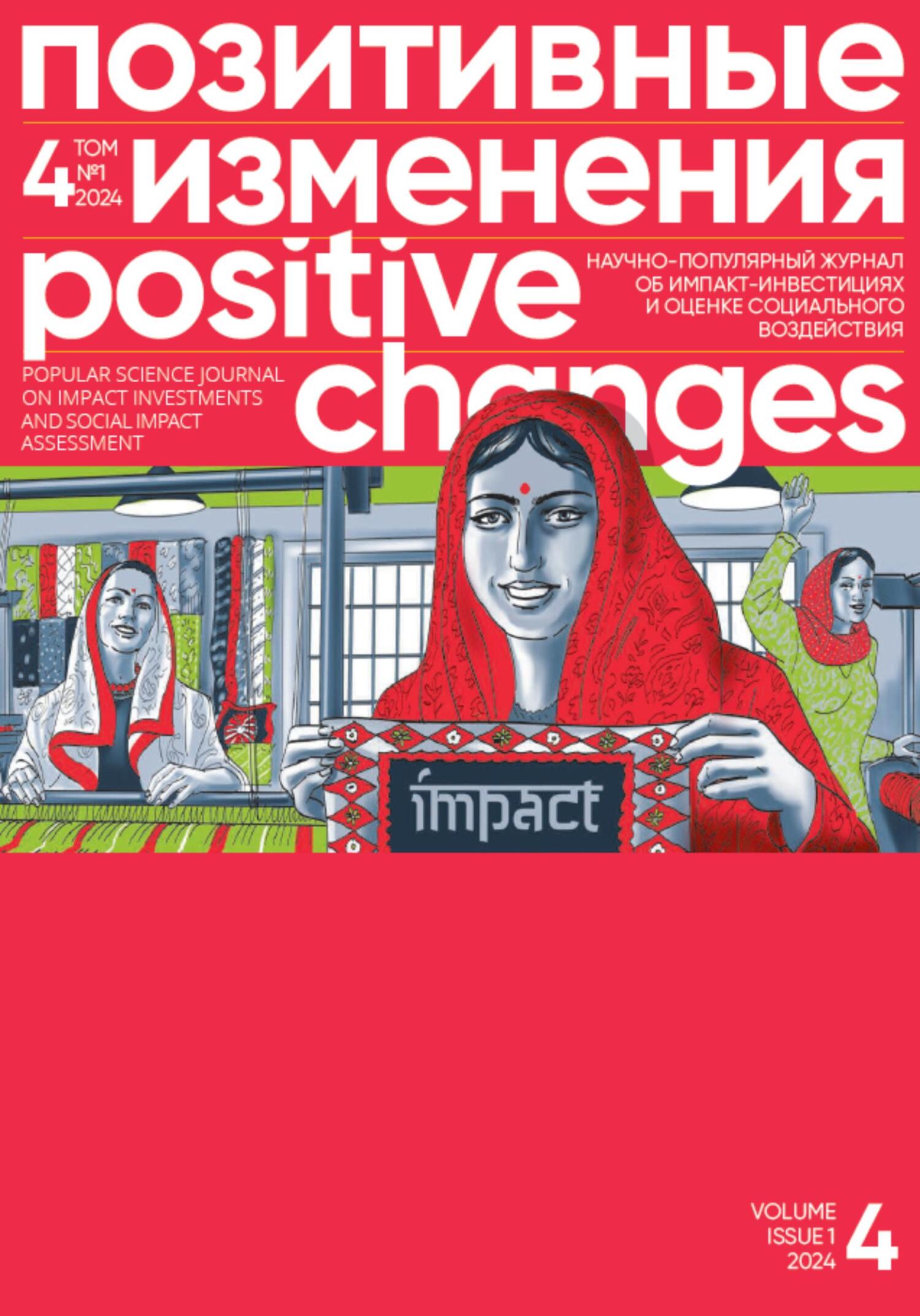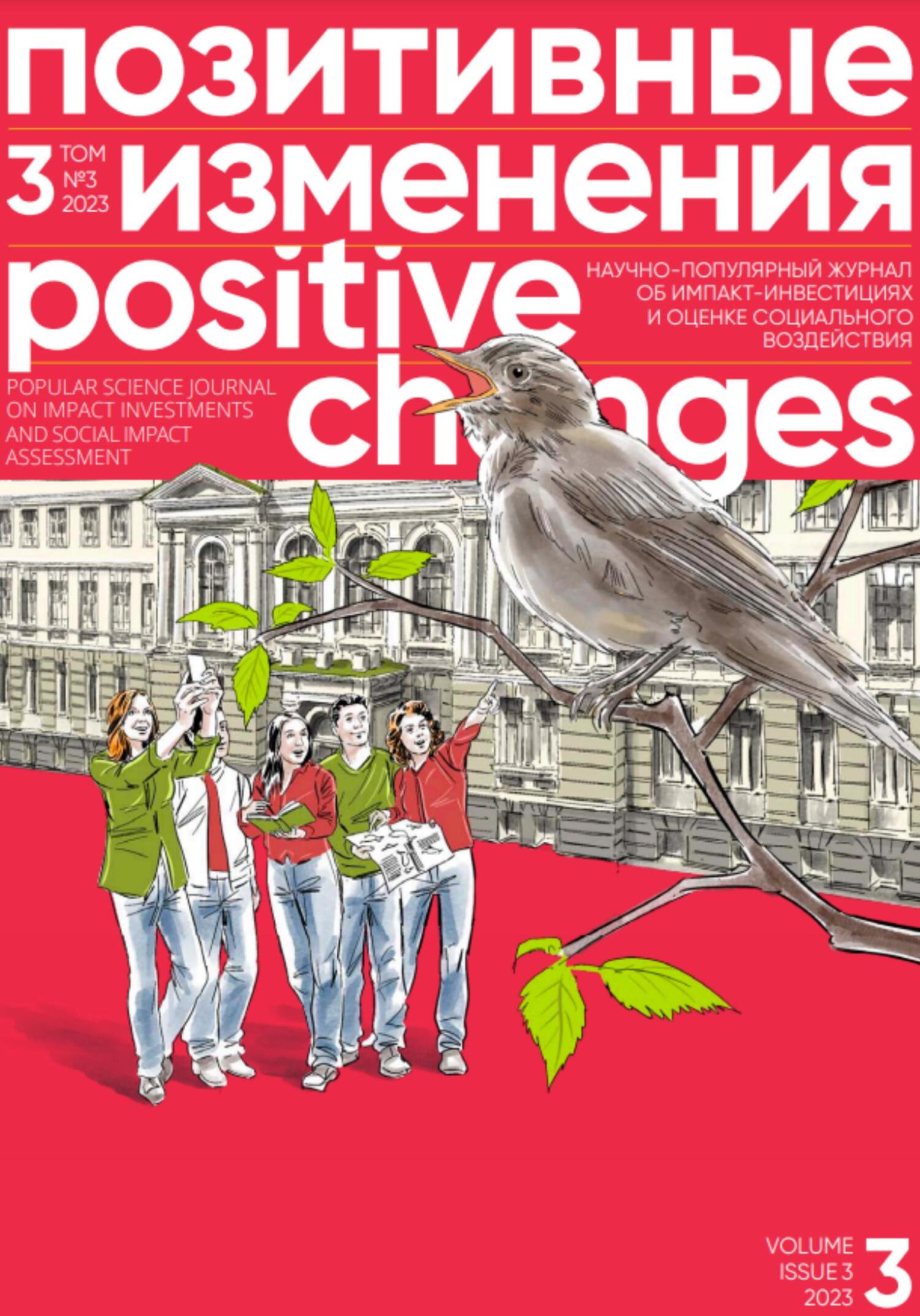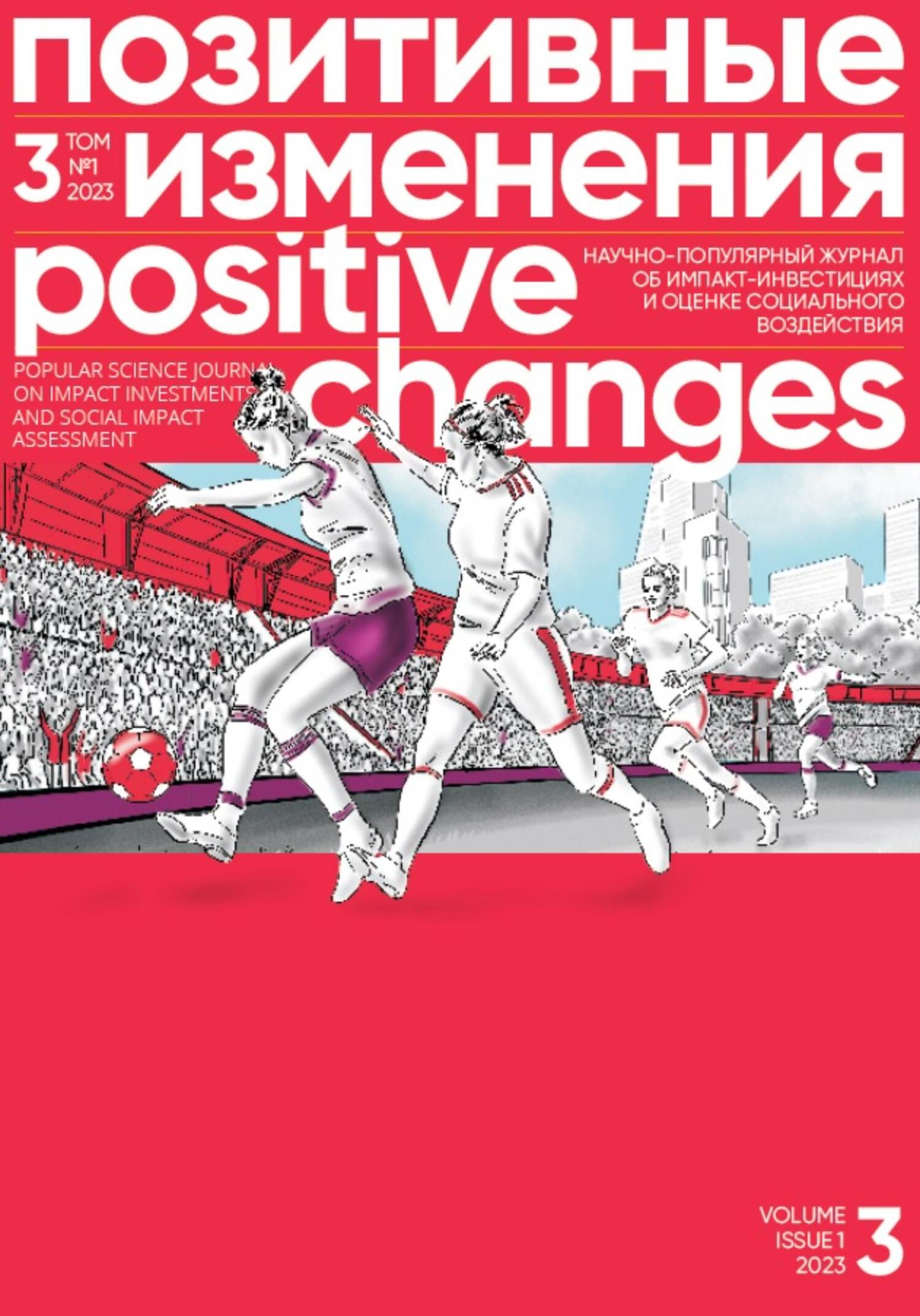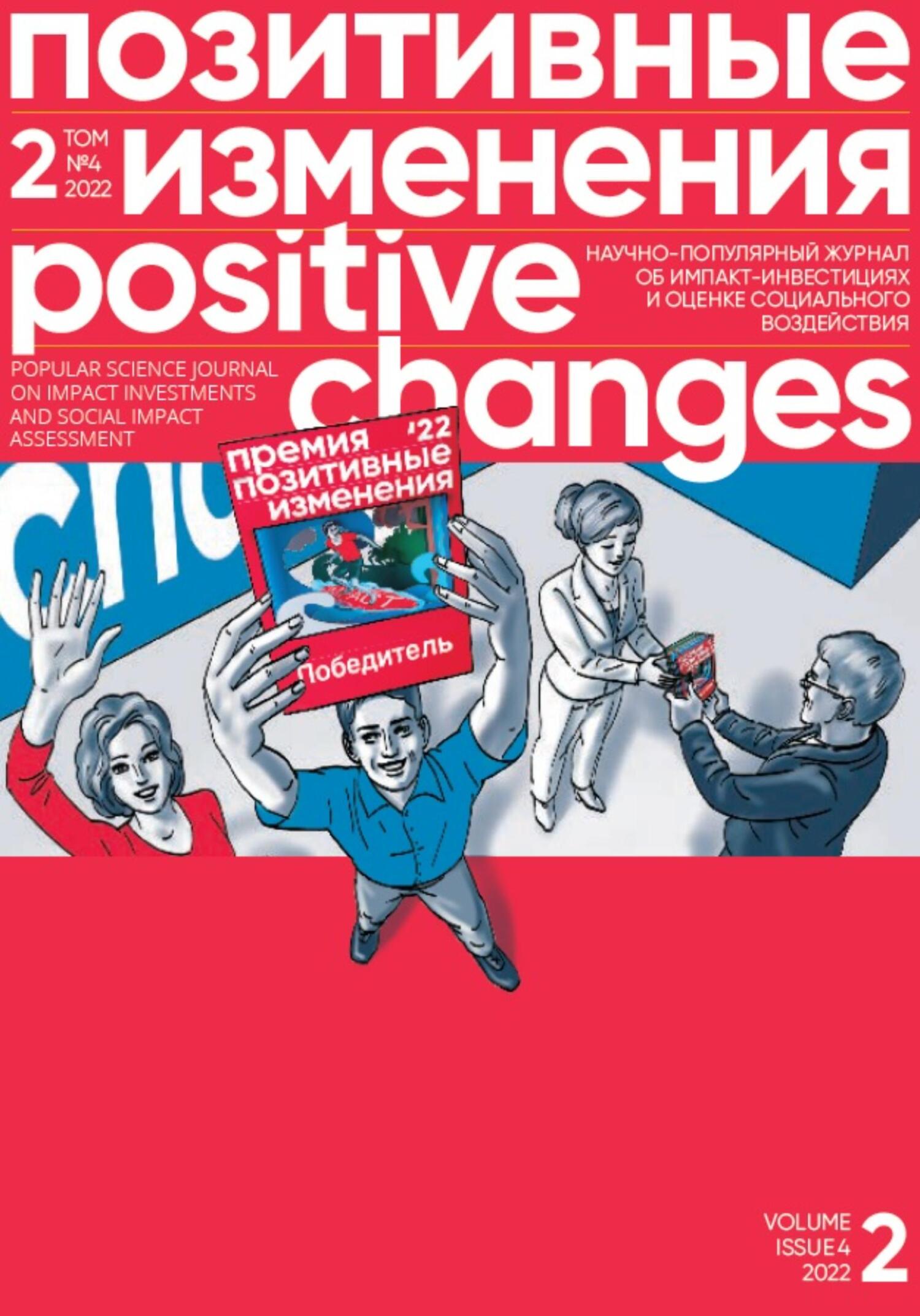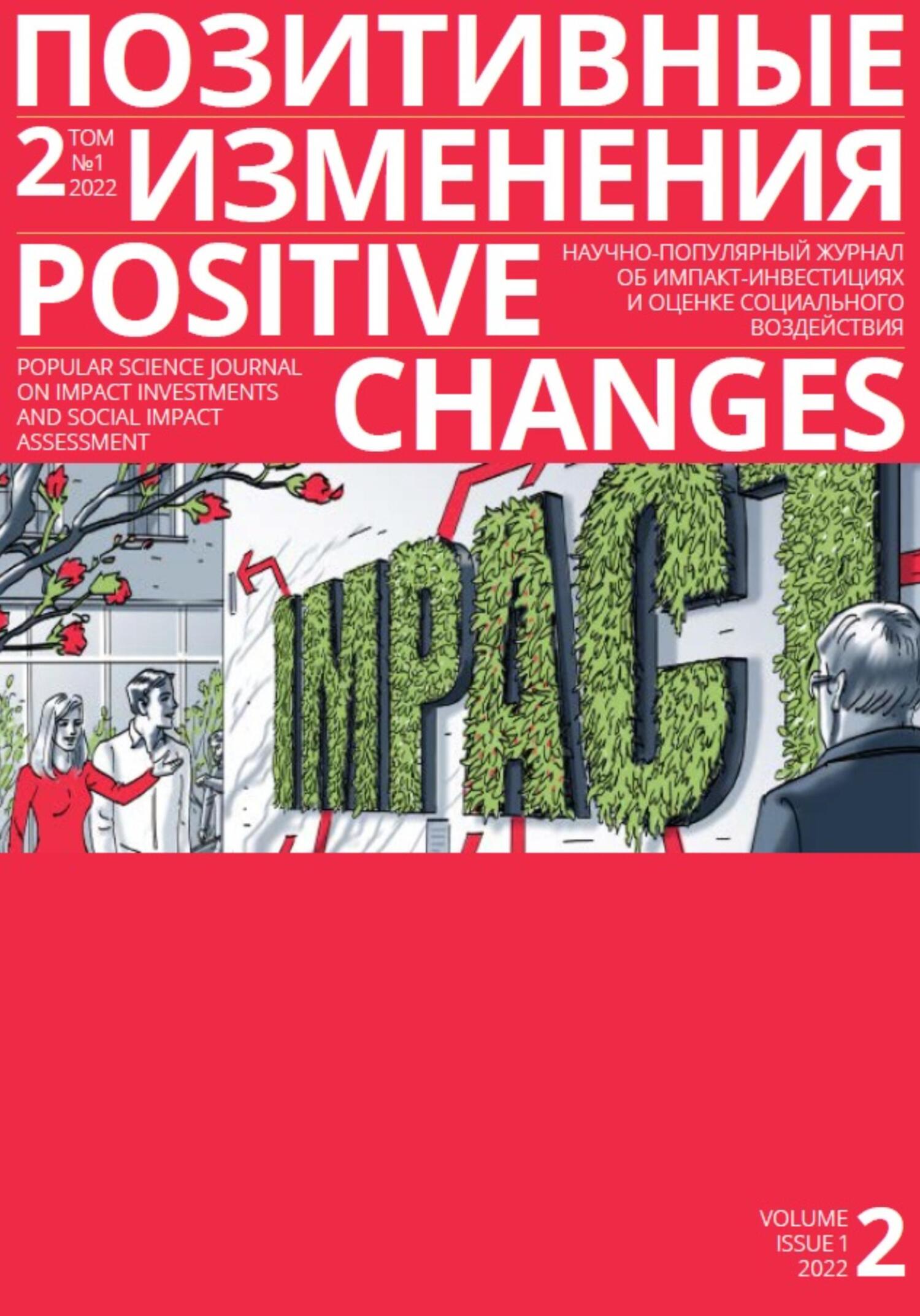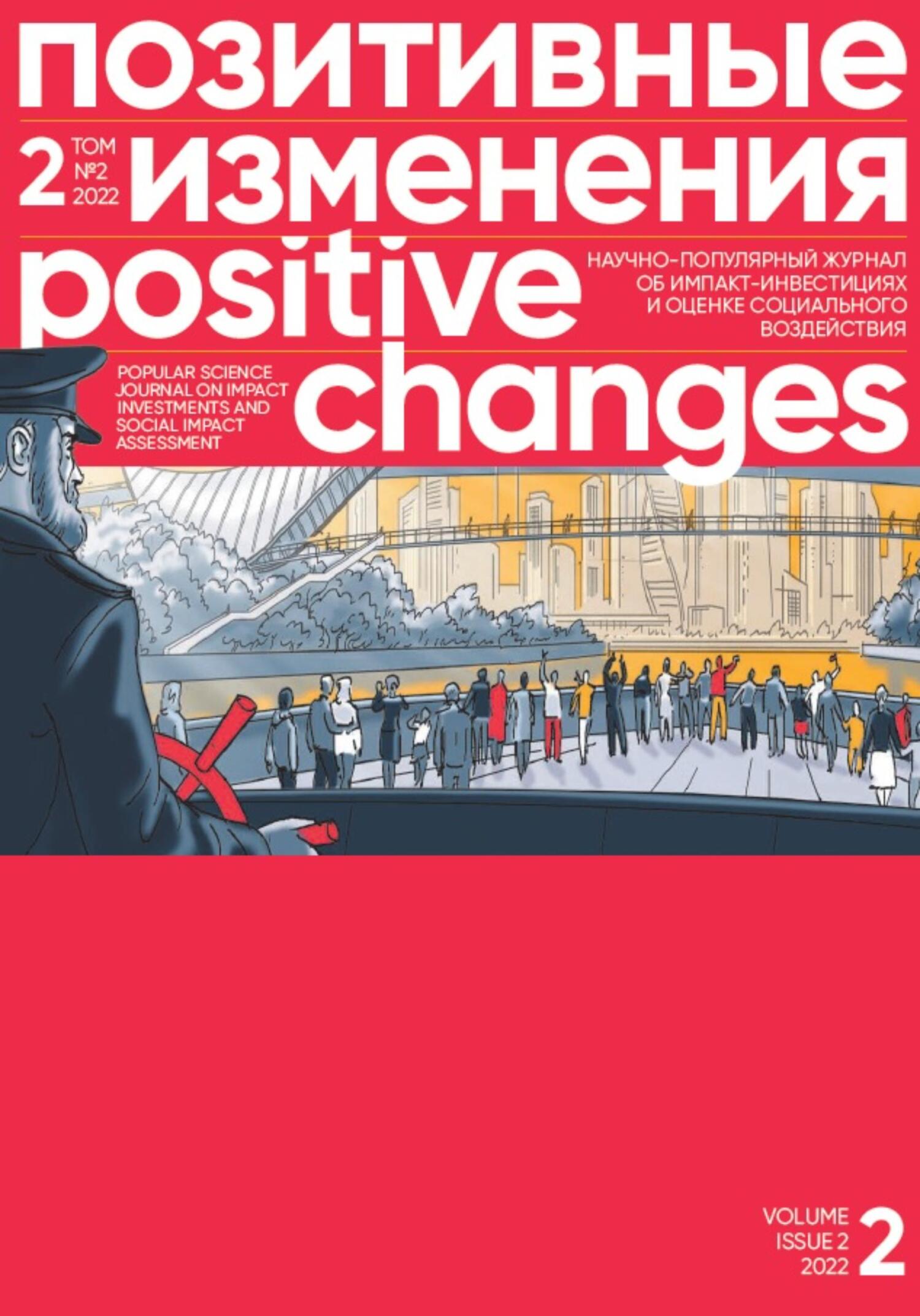and developmental hubs for many women who lacked access to education.
Just like with our partnership with C&A (an international clothing retail chain — ed. note), understanding the nuances of the global market is crucial for us, and conversely, our capacity to mass-produce handcrafted items is key for them.
For concrete examples, one can observe IKEA’s recent MÄVINN collection, which underscores the value of artisanal craft. Here, one can discover vibrant cushion covers and carpets that embody the spirit of our artisans and serve as tangible proof of the expertise and artisanship of 100 weavers and 100 embroiderers at rangSutra.
Surprisingly, in addition to everything else, your project is also about eco-friendliness and caring for the environment. Please share insights into this aspect of your enterprise’s impact.
Annually, we create approximately 900,000 items, which includes women’s and men’s apparel, napkins, tablecloths, and pillowcases embellished with traditional motifs and embroidery. Thanks to our artisanal production approach, our products generate roughly 21 % less environmental pollution compared to industrially produced cotton textiles.
We significantly surpass our counterparts in the textile sector in minimizing our environmental footprint. For instance, we utilize solar panels and environmentally sustainable BCI cotton (Better Cotton Initiative — a global non-governmental organization leading the largest cotton quality assurance program worldwide. Among the participants of this initiative is IKEA — ed. note), which produces 40.8 % less intense emissions per ton of seeds compared to conventional cotton.
However, as our impact report shows, rangSutra still has much to strive for. Thus, we can accomplish additional water savings by fully transitioning to BCI cotton. We are also concentrating on harnessing renewable energy sources and considering the acquisition of green certificates to bolster the growth of wind or solar energy, thereby compensating for our environmental impact.
You have mentioned the rangSutra impact report already. How do you evaluate the work’s results and the scale of the impact?
We benchmark our activities against the UN Sustainable Development Goals, carry out Life Cycle Assessments (LCA), and Social Return on Investment (SROI) evaluations.
As previously stated, via trainings and seminars, we’ve successfully drawn the younger generation to view craftsmanship as an economically advantageous pursuit. In the years 2022–2023, our enterprise has trained 18 artisans. From a social standpoint, we’ve created a cumulative human capital value estimated at 2,657,453 Indian rupees over the following five years.
We provide employment to women and men in rural locales in the textile crafts sector, while also instituting eco-friendly production techniques. In doing so, we’ve transformed a fading craft into the vanguard of fashion, intrinsically linked to sustainable development.
Naturally, this revitalizing experience is something one is eager to adopt and propagate. What counsel would you offer to an individual aspiring to establish a social enterprise following rangSutra’s model? First and foremost, one would need to amass at least 200 artisans within a singular geographic vicinity. Subsequently, it’s necessary to establish integrated centers capable of fabricating the entirety of a product — from the initial raw materials to the final processes of weaving, sewing, and embroidering. And, of course, at the same time, it is necessary to form a small team of 3–4 professionals who will be able to manage the center.
But the most important thing is to remember that everything is in your hands. Encountering and endeavoring to surmount obstacles on this journey may occasionally lead to failure, but ultimately fosters greater strength and resilience. For every member of rangSutra’s large team, each day presents a fresh start and the prospect to evolve into the finest version of oneself, underpinned by the solidarity of like-minded peers. As our colleague Dhingya Bai put it, there exists something that transcends what any individual can achieve in isolation. Every one of us infuses something unique into this communal essence of craftwork, melding aesthetic values with functional utility. And this collective investment returns to us manifold.
Экспертные мнения / Expert Opinions
Своим путём. Разработка российского Стандарта отчетности об устойчивом развитии и его перспективы
Татьяна Печегина, Владимир Вайнер
DOI 10.55140/2782-5817-2024-4-1-10-25
На данный момент в России существуют несколько инициатив, направленных на упорядочение, стимулирование и развитие темы устойчивого развития. Ключевым подходом является находящийся в разработке по заказу Минэкономразвития России отечественный Стандарт отчетности об устойчивом развитии (проект которого имеется в распоряжении редакции). Журнал «Позитивные изменения» подготовил подробный материал об этом документе, включив мнения всех заинтересованных сторон. Не будучи связанными ни с одной из них и при этом обладая всеми необходимыми данными, мы можем позволить себе посмотреть на ситуацию со стороны, проанализировать ее и внести соответствующие предложения в разрабатываемый стандарт.
Татьяна Печегина
Журналист
Владимир Вайнер
Директор Фабрики позитивных изменений
КСО, ЦУР ИЛИ ESG?
Устойчивость социальной сферы и особенно таких ее экономических элементов, как социальные предприятия и некоммерческие организации, напрямую зависит от позиции и устойчивости бизнеса — как крупного, так и малого. Чем устойчивее бизнес, тем эффективнее развивается весь социальный сектор. Ведь благосостояние — это широкий спектр факторов, предполагающий решение социальных проблем от глобального до самого локального уровня жизни каждой семьи, человека.
Традиционно социальные инициативы опираются на то, что называют «социальной ответственностью бизнеса»: через филантропию и меценатство, спонсорство, социальные инвестиции, инновационные социально-предпринимательские проекты. Но в последние годы корпоративная социальная ответственность, знакомая по аббревиатуре «КСО»,
